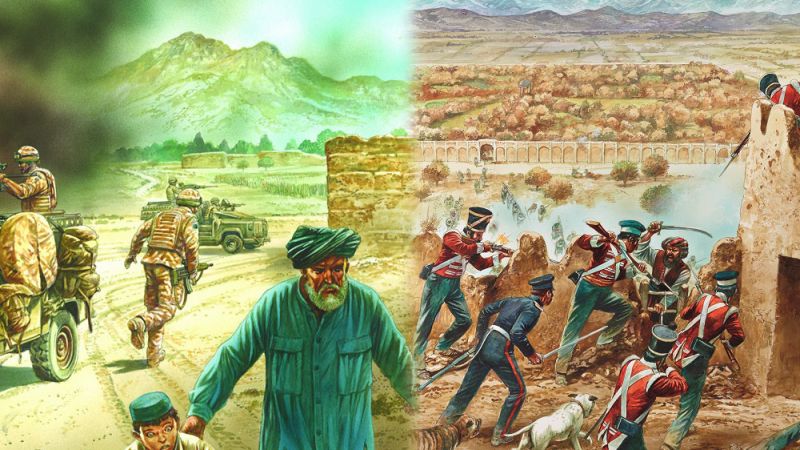On February 17 and 18, the defense ministers of the North Atlantic Treaty Organization (NATO) held a virtual conference. One of the key items on the table was to assess the current situation of Afghanistan. The NATO defense ministers had to decide whether or not to leave Afghanistan by May 1 as part of the U.S.-Taliban February 29 deal. “Defense ministers had a thorough discussion on the situation in Afghanistan. We are faced with many dilemmas and there are no easy options. At this stage we have made no final decision on the future of our presence,” NATO Secretary General Jens Stolenberg told a news conference after the two-day meeting.
The reason the U.S. and NATO forces are facing a dilemma is that they don’t have a clear exit strategy. If they don’t withdraw by May 1, as the U.S. had agreed with the Taliban, the foreign forces risk being attacked by the insurgents. If they withdraw by this summer without any political agreement among the different Afghan groups, the gains of the past 19 years may be undone.
The Biden administration is still undertaking a review of the peace deal and that is perhaps the main reason that NATO could not take a final call on their presence in Afghanistan.
Since the new administration took charge in the U.S., a number of officials made it clear that the U.S. troops’ withdrawal is dependent on the Taliban implementing the Doha Accord. The U.S. feels that the Taliban have failed to take steps agreed in the Doha deal. The key element was the reduction in violence and cutting ties with terrorist groups. Both the U.S. and NATO believe that the Afghan Taliban have yet to fulfil those two promises fully. They have since been insisting that the troops’ withdrawal is condition-based.
The Taliban, meanwhile, put out a series of statements recently, giving both reconciliatory as well as threatening messages. The insurgent group has denied it violated the Doha Accord. It has listed a number of steps it took to implement the agreement. To back up their claims, the Taliban insist not a single American soldier was killed since the deal was signed. Instead, they accused the Afghan government of violating the peace accord. The most important message the Taliban conveyed in their statements include the possible restart of the attacks against the U.S.-led foreign forces in Afghanistan if they extend their stay beyond the May 1 deadline. The U.S. and other international forces were reminded of the fate the former Soviet Union forces met in the past.
The developing situation suggests that the U.S.-Taliban deal, which was dubbed as historic when it was signed a year ago, is on the verge of collapse. This is not an encouraging sign for Pakistan, a key stakeholder that facilitated and brokered the peace deal as well as the intra-Afghan dialogue. The U.S. is likely to come with a new “wish list” for Pakistan once it is done reviewing the Doha Accord. The readout of the latest telephone call between President Ashraf Ghani and the U.S. Secretary of State suggests that the U.S. wants visible reduction in violence, if not an all-out ceasefire, before it commits to the drawdown plan. This may put added pressure on Pakistan, which would be asked to push the Taliban to reduce violence.
Islamabad, meanwhile, is consulting other regional players. The recent visit of Russian special envoy in Afghanistan to Islamabad was seen as significant. Russia, unlike the U.S. and NATO, thinks that the Taliban are fully implementing the agreement. Moscow has rather accused the other side of not adhering to the deal. This shows the situation is getting even murkier with regional players looking at U.S. intentions with suspicion. Against this backdrop, the odds are not in favour of peace returning to Afghanistan in the near future.
